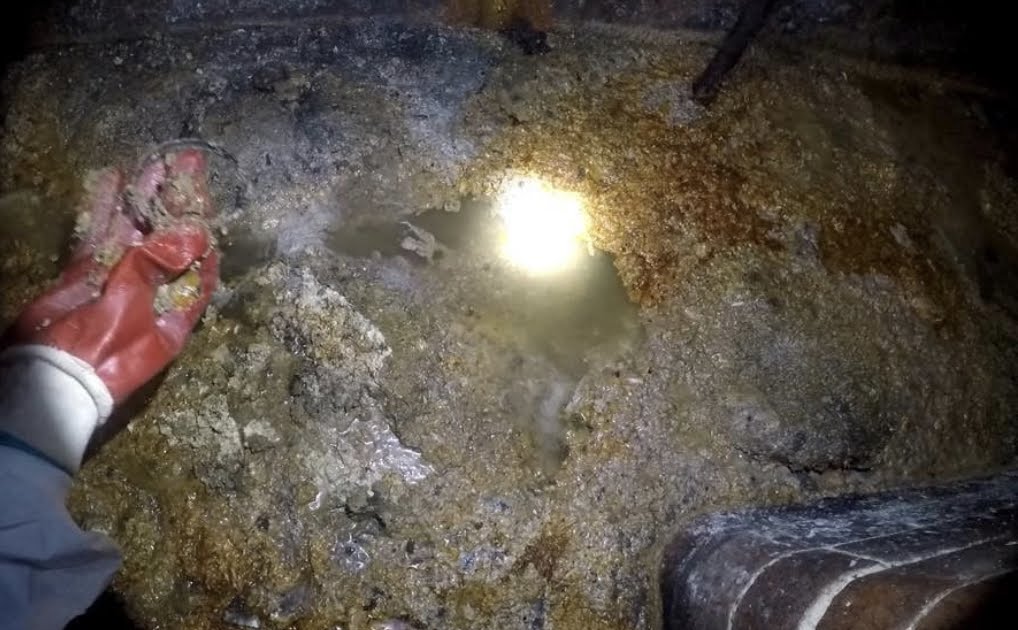
By F1pumber |
Drain cleaning plumber, located in Hobart Tas
You may not have heard of a fatberg, but they are a genuine thing and here’s what you need to know. What is a fatberg and how to prevent it from happening:

WHAT IS A FATBERG?
The most common description you could use to describe a fatberg would be, a large mass of solid waste in a sewerage drain, consisting of congealed fat and personal hygiene products.
A fatberg starts to form when items flushed down our toilet or disposed of down the kitchen sink waste flow into the sewer drains. Hygiene products are wet wipes, cotton buds and balls, female sanitary products and condoms. With the addition of food scraps, coffee grounds, tea bags, cooking oils, grease and fat all emptied into the kitchen sink, the creation of a fatberg has begun to block up your pipes. Major fatbergs in municipality drains had even made news headlines with reports coming out of the UK in 2013, 2015 and 2017 when one of the largest ever fatbergs was found lurking under the surface of Whitechapel, east London. Reported by the BBC in February 2018, a 130-tonne monster smelling like rotten meat and predominantly made of wet wipes, condoms, sanitary napkins, cotton tips, disposable nappies, and as long as two soccer pitches about 250 metres. The local authority, Thames Water, had employees enter into the sewers. Using high-pressure water jetters, pickaxes, shovels, and vacuum trucks to remove the waste began to dismantle the fatberg and take away up to 20 to 30 tonnes per day. Today a small piece remains on display at the Museum of London. BBC News Source

All over the world, local authorities report wastewater fatberg blockages. In Australia, The Perth Water Corporation said in 2016-2017, 40 per cent of all blockages have been caused by fat, oil, grease, rags and wet wipes accumulating in the authority sewer systems. WAtoday News Source
HOW TO PREVENT A FATBERG FROM HAPPENING:
Today most Water Corporations have begun educating campaigns to increase awareness with the hope of preventing fatbergs in our wastewater system. Educating people on what and how to dispose of the critical ingredients of a fatberg:
- Wet wipes- even when labelled as flushable, they do not dissolve like toilet paper, they belong in a garbage bin.
- Cooking fats and oils- should be removed from dishes, cooking pots, grills and frying pans before being washed. Pour any unwanted grease and oil into a sealed container and dispose of in the bin.
- Chemicals- paint, cleaning products, fertiliser, pesticides or oils, should be disposed of through a hazardous waste station drop off at the local tip.
- Engine oils- can be disposed of at an oil recycling centre. Also, your local tip can advise you on how to best dispose of the oil.
- Organic matter- food scraps, coffee grounds, and tea bags also go in the rubbish bin or a composting bin.
- Personal hygiene products- nappies, sanitary products, shaving razors, cotton tips also belong in the bin.
The next time you have the task of disposing of waste into the drainage system think twice about flushing anything other than toilet paper down the toilet. A 250-metre fatberg monster is not the excuse you want your municipality council using to raise your rates so they can meet the costs of removing it.


